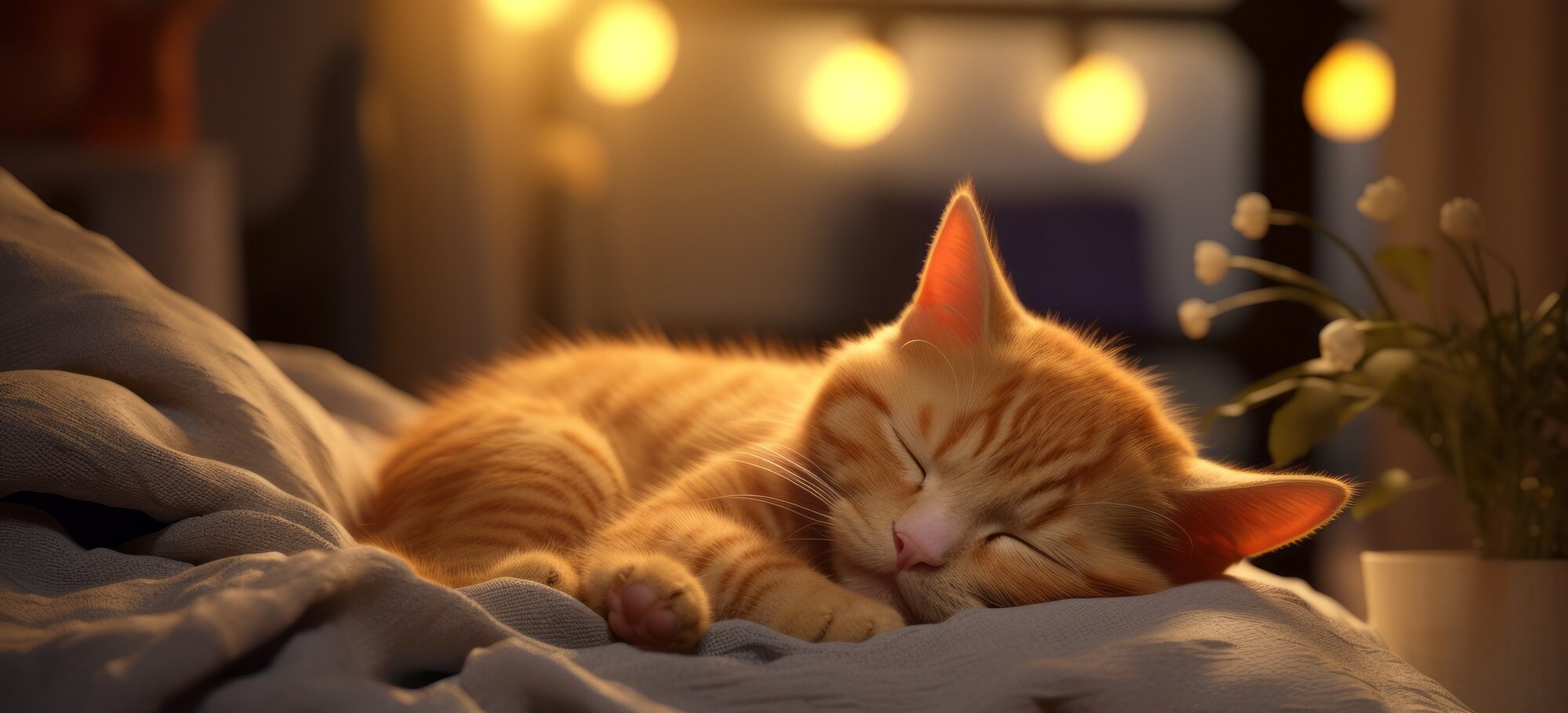Why do cats sleep so much? If cats could win a gold medal, it would probably be for napping. Contrary to popular belief, your feline friend isn’t just lazy. There’s a method to their sleepiness madness.
Diving into the cozy corners of cat naps, we explore sleep science, bust common myths, and reveal how to enhance your cat’s snoozing experience for a healthier, happier kitty.
1. The Science Behind Cat Napping
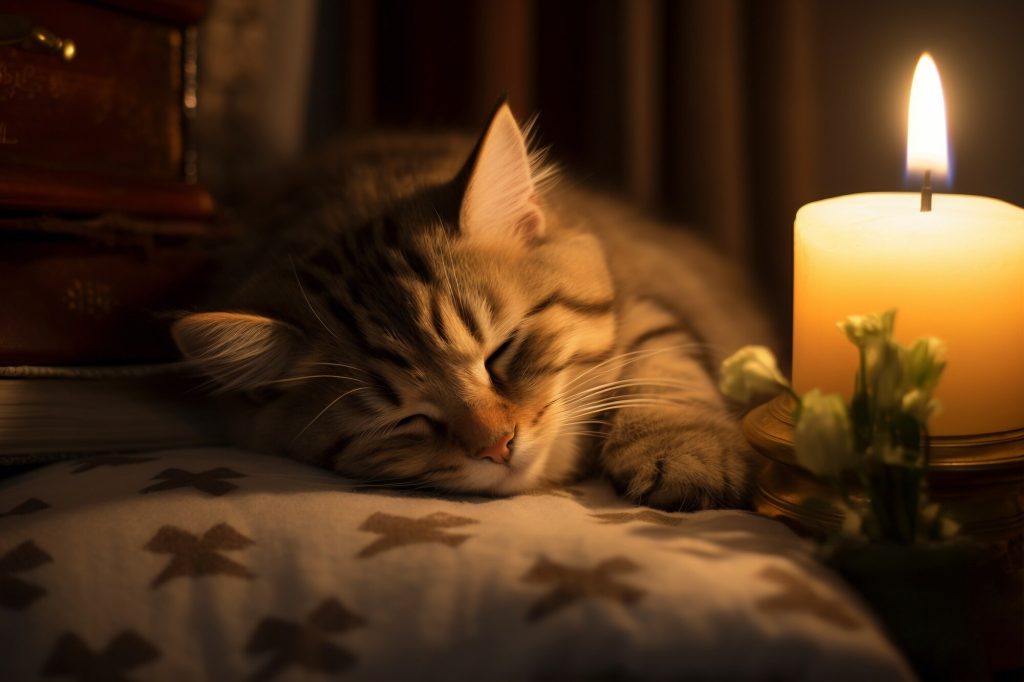
Cats sleep an average of 12 to 16 hours a day. Shocked? They aren’t just being lazy! Their sleep patterns are rooted in evolutionary biology. Even though they seem like they’re just daydreaming of chasing mice, there’s more to it.
According to the National Geographic, these long sleep periods are a carryover from their wild ancestors. Cats conserve energy for sudden bursts of activity like hunting or escaping predators—a trait still crucial in the wild.
So, the next time you find your cat napping at odd hours, remember, they’re just embracing their inner lion in the jungle of your living room.
2. Understanding REM Sleep in Cats
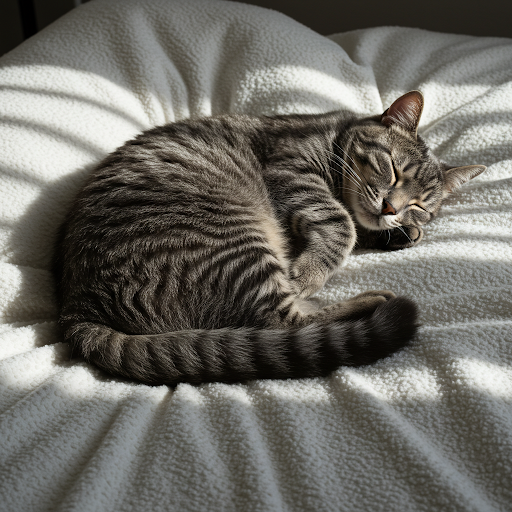
Ever watched your cat twitch or seem to run in place while snoozing? That’s their REM (Rapid Eye Movement) sleep stage. Just like humans, cats experience REM, which is associated with dreaming.
Trippy fact: cats spend about one-third of their sleep in this crucial stage, which is essential for a healthy brain. This is when they’re likely ‘hunting’ in their dreams or rehearsing that perfect pounce.
3. Common Myths About Cat Sleeping Habits
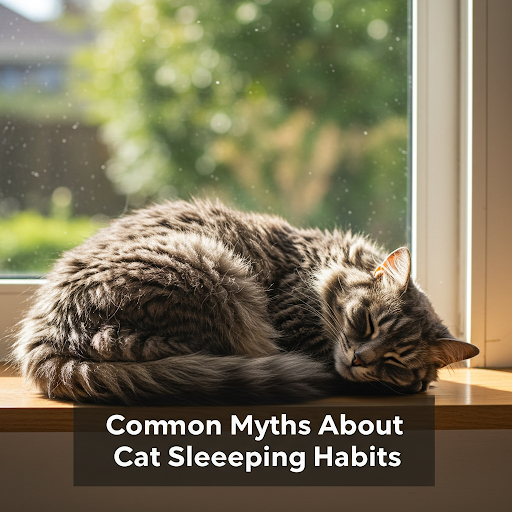
One purr-fect myth: Cats are nocturnal. They’re actually crepuscular, meaning they are most active during dawn and dusk. This behavior is linked to the hunting habits of their ancestors.
Another common misconception is that if a cat is bored, it sleeps more. While boredom might lead to extra shut-eye, excessive sleeping can actually signal health issues. Always keep an eye out for changes in sleep patterns!
Remember, a cat’s environment impacts sleep. Cats are comfort-seeking missiles and will adjust their sleep spots according to comfort and safety.
4. Creating the Ideal Sleep Environment
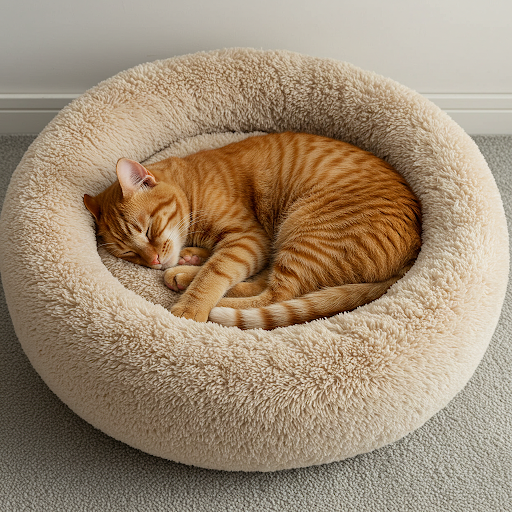
Your cat’s preferred sleeping spot is a testament to their finickiness. Cats are connoisseurs of comfort—think blankets, cushions, and your favorite sweater. Provide cozy nooks and quiet zones for the ideal cat nap paradise.
A study from the Journal of Feline Medicine and Surgery highlights that cats prefer elevated, enclosed spaces where they feel safe and have a good vantage point. Sounds a lot like the top of your bookshelf, doesn’t it?
5. The Role of Diet in Sleep Quality
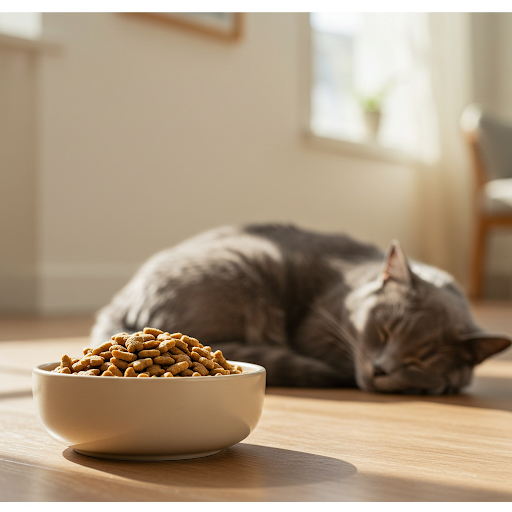
You are what you eat, and the same goes for your cat. A balanced diet fuels your feline’s sleep-wake cycle. Feeding your cat high-quality food with the right mix of proteins, fats, and carbs can enhance their energy levels and sleep quality.
The Journal of Animal Science suggests foods rich in certain amino acids, like tryptophan, can aid in sleep regulation. Ever noticed your cat looking sleepy after a meal? That’s part of the science at work!
Ensure your kitty has access to fresh water and maintain a consistent feeding schedule to help regulate their internal clock.
6. Daily Playtime: The Secret to Better Sleep
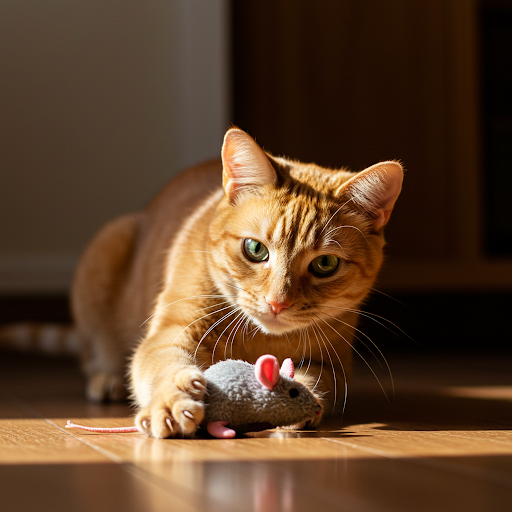
Did you know that playtime is not just fun but essential for better sleep? Engaging your cat in regular play sessions helps burn off energy, making them more inclined to snooze on schedule.
Find toys that mimic prey behavior to satisfy their instinctual needs. Remember the golden rule: a tired cat is a well-rested one!
7. Signs of Sleep Disorders in Cats
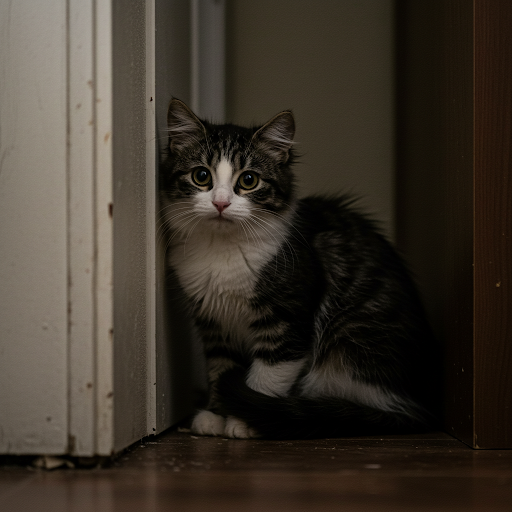
It’s nap o’clock, but if your cat struggles to drift into dreamland, it might be a sign of an underlying issue. Look for symptoms like insomnia, restlessness, or sleeping excessively outside their regular patterns.
According to PetMD, some causes might be pain or discomfort, anxiety, or even neurological disorders. If you notice anything unusual, consulting your vet is a wise move.
Remember, even our furry friends can have off days, but persistent sleep issues warrant attention.
8. How Age Affects Cat Sleep

Just like humans, a cat’s age influences their sleep needs. Kittens are like babies, requiring almost nonstop sleep for growth and development. Meanwhile, senior cats may sleep more due to reduced energy levels.
Be mindful of changing sleep patterns as your cat ages. Older cats might need softer bedding or more frequent naps to stay comfortable and healthy.
9. Enhancing Cat Sleep Through Enrichment
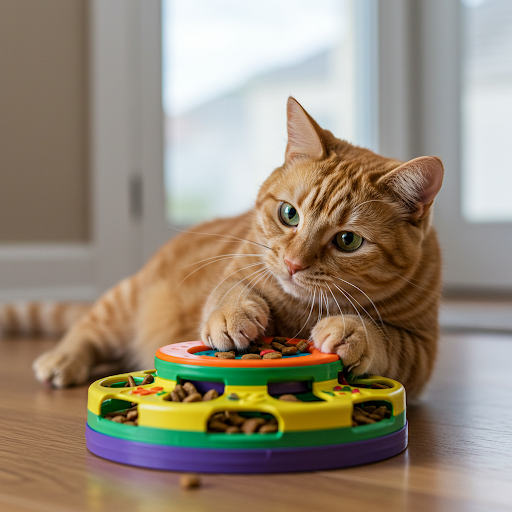
Enrichment isn’t just about staving off boredom—it’s integral to your cat’s sleep health. Interactive toys, puzzle feeders, and new sights and sounds keep your cat mentally stimulated, leading to better rest.
A study by Feline Behavior Solutions found that enriching environments reduced negative behaviors and improved sleep quality in cats. Rotate toys and introduce new challenges to keep your cat engaged.
Think of your home as a feline playground; the result is a happy, well-rested cat.
10. The Impact of Stress on Cat Sleep
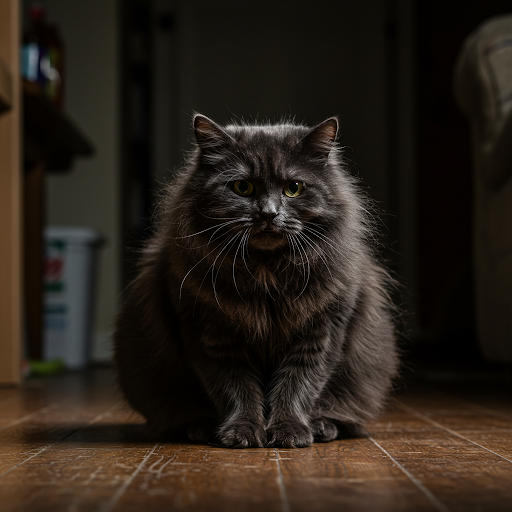
Cats, though stoic at times, can be vulnerable to stress. Changes in their environment, routine, or even exposure to loud noises can lead to restless nights.
Creating a calm, serene environment is crucial. If a cat feels secure, they’re more likely to enjoy uninterrupted sleep cycles. Help them chillax by minimizing disturbances and offering a cozy refuge.
11. Seasonal Changes and Sleep Adjustments
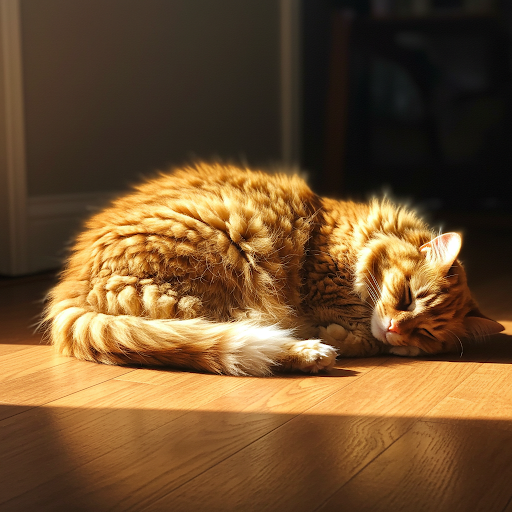
Seasons have an impact on a cat’s sleep pattern. Cats may follow light patterns, sleeping more in the winter when days are shorter.
Encourage natural light exposure in the mornings to regulate their body clock. It’s like setting a wake-up call with sunlight instead of an alarm.
As seasons change, so do your cat’s sleep needs. Adapt by adjusting sleeping areas to suit temperature changes.
12. Expert Tips for Better Cat Naps
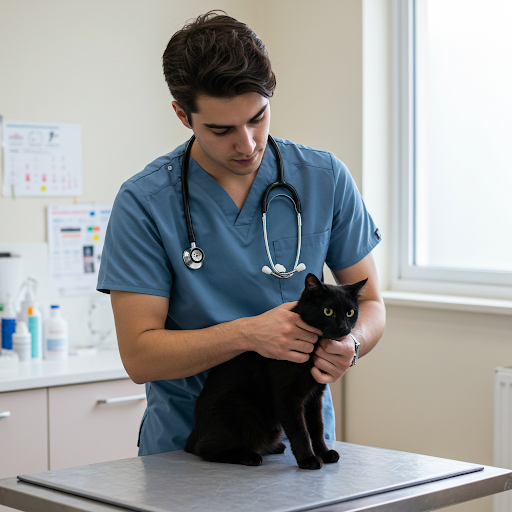
Veterinarians suggest maintaining a consistent routine. Cats love predictability, and a well-structured day can lead to more restful slumbers.
Ernie Ward, a well-known animal doctor, emphasizes the power of regular vet check-ups. An up-to-date health record ensures sleep disturbances are caught before they escalate. Healthy cat, happy dreams!
13. Exploring Different Cat Sleep Positions
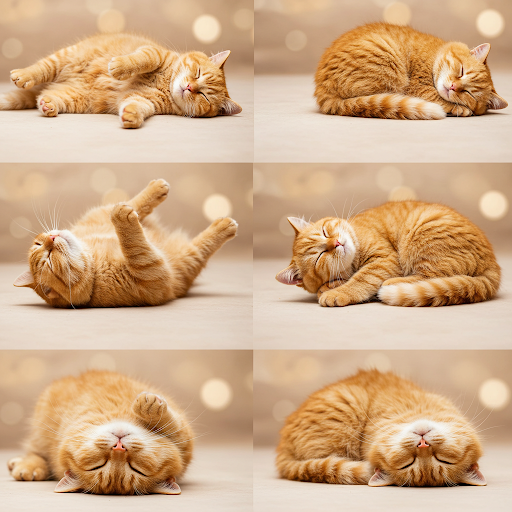
Whether sprawled out or curled into a donut, your cat’s sleep position can signal their comfort level. A stomach-up position often means they feel safe, whereas a curled-up position could mean they’re conserving heat.
Understanding these positions can help you assess if their sleeping environment is meeting their comfort needs or if adjustments are needed.
14. Common Mistakes in Cat Sleep Management
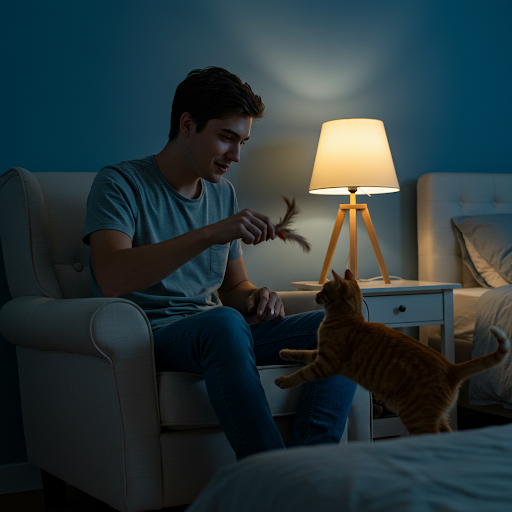
A common blunder? Overstimulation just before bedtime. Interactive play is best earlier in the day, helping to prevent nighttime zoomies.
Avoid placing noisy gadgets near sleep spaces, and refrain from disturbing their beauty rest. Remember, prolonged naps are healthy, but too much disruption can lead to stress.
Consistency is key, so try setting a steady routine for feeding and play that aligns with your cat’s natural rhythms.
15. The Connection Between Cat Sleep and Your Bond
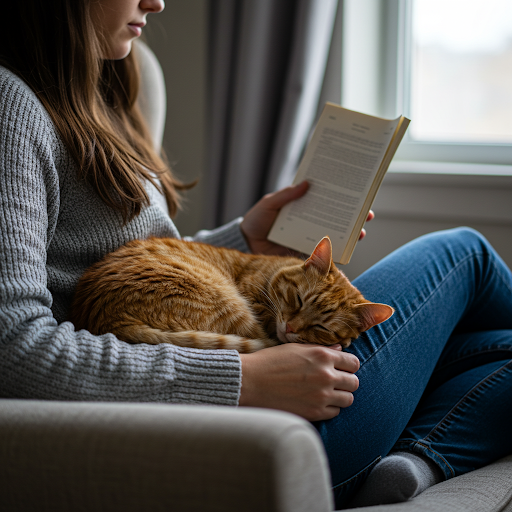
Believe it or not, how your cat sleeps can mirror your relationship. Trust translates to choosing you as a partner for snuggles or the occasional nap.
This bond enhances emotional well-being, creating a mutually beneficial relationship. Isn’t it rewarding to know that your cat’s slumber is intertwined with your companionship?
Embrace those gentle purrs, they are the lullaby of a content, trusting cat.
16. Travel and Its Impact on Cat Sleep
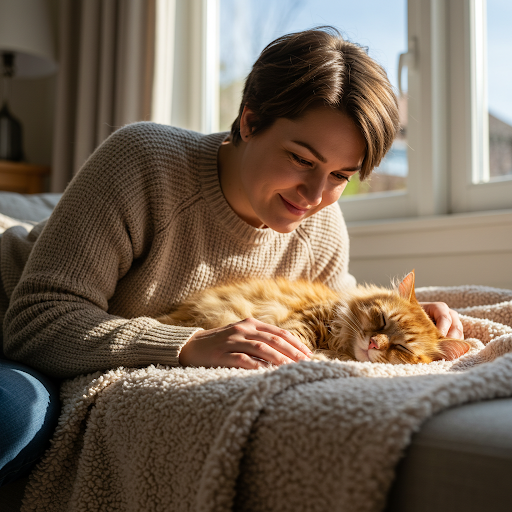
Travel can be a disruption to a cat’s sleep cycle. Unfamiliar settings may cause stress, leading to sleep disturbances.
Before setting off, prepare by introducing travel-friendly beds or familiar objects. This comfort from home may ease their transition into new environments.
Patience is vital—reassurance and stability help cats adjust their sleep in varied settings during travel.
17. Tailoring Your Approach for Each Unique Cat
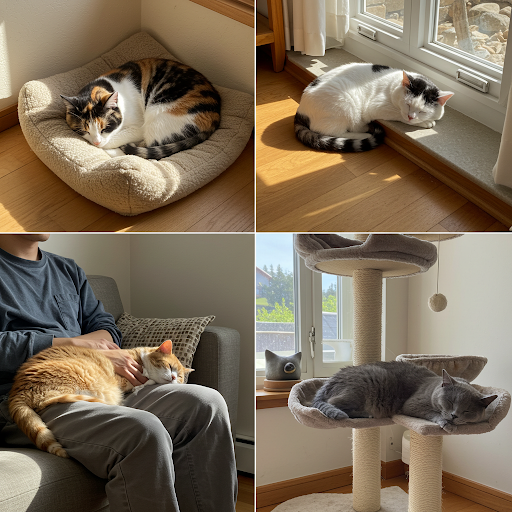
No two cats are alike! Their individual personalities can shape their ideal sleep pattern and environment.
Some cats enjoy solitude, others thrive on interaction even during sleep. Choosing sleeping arrangements should reflect their unique needs and behaviors.
Celebrate the quirks, because it’s these nuances that make your bond all the more pawsitively special!

